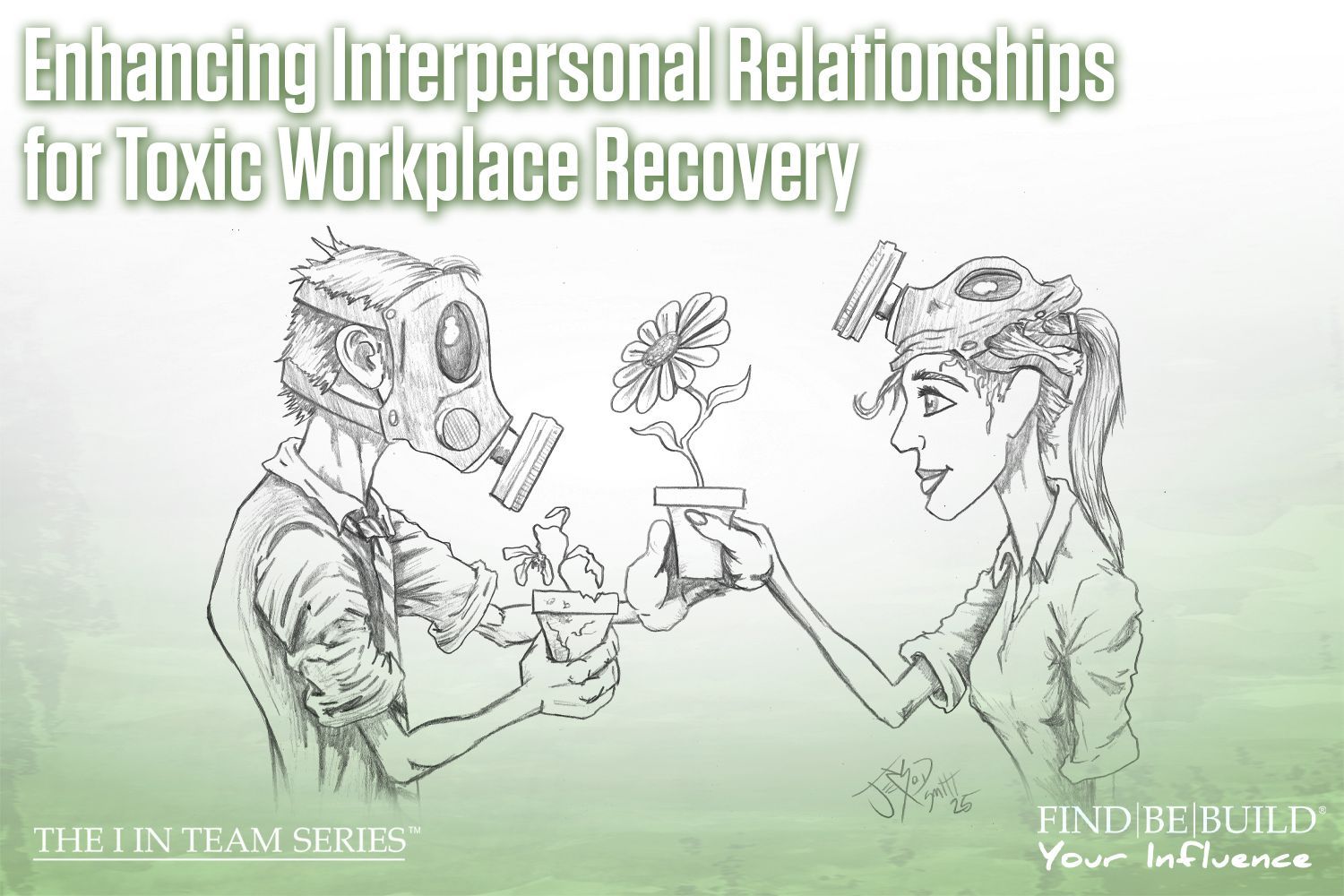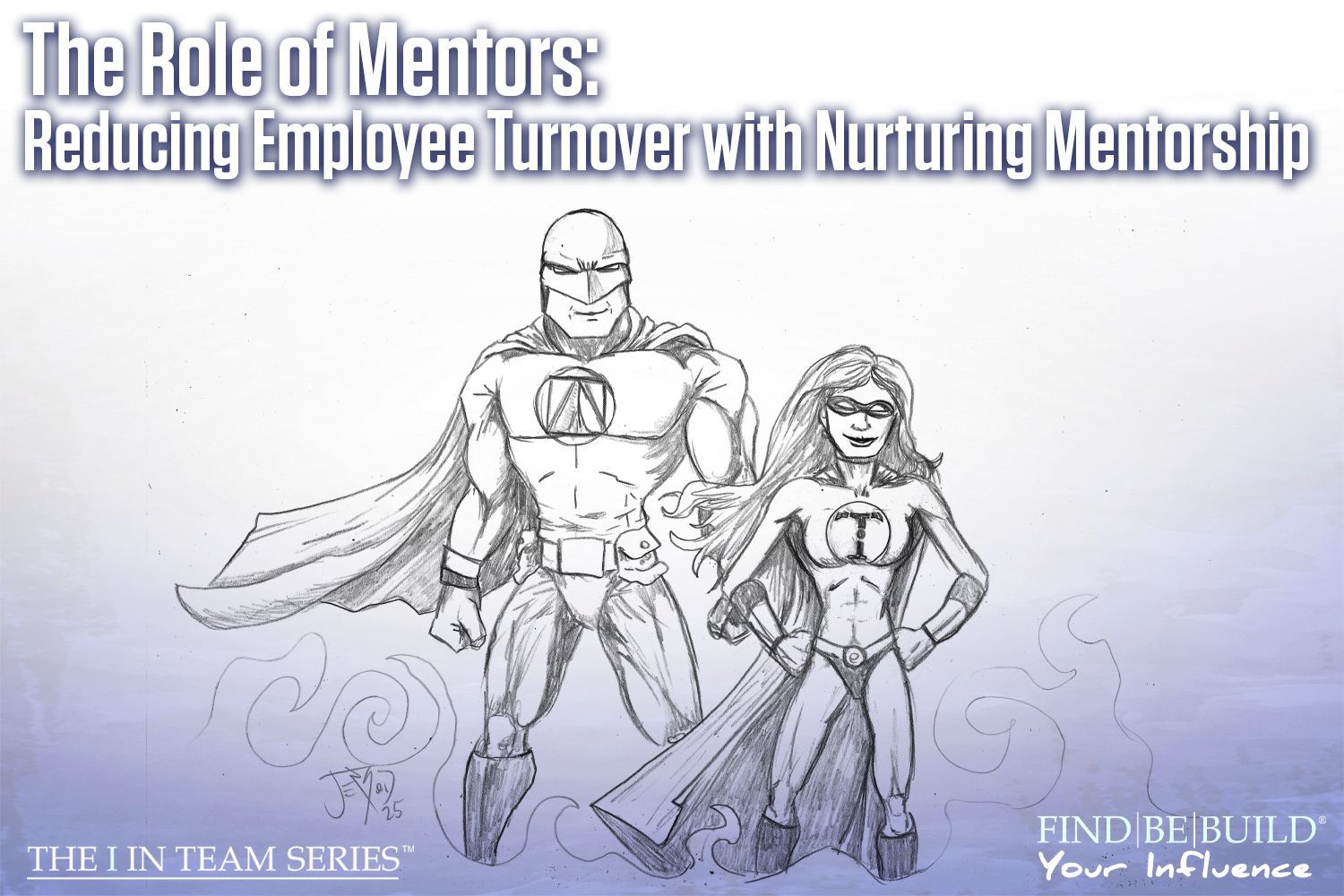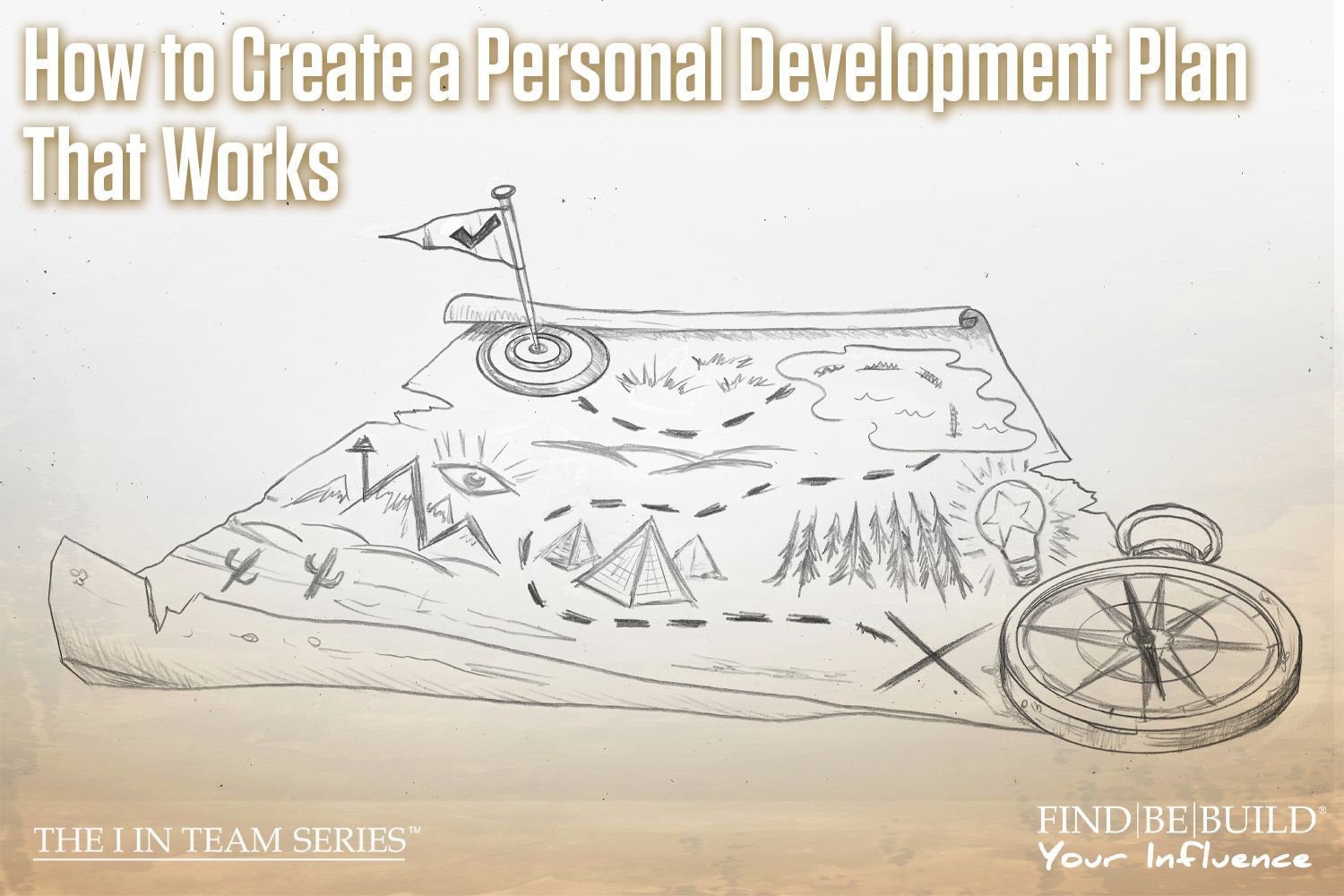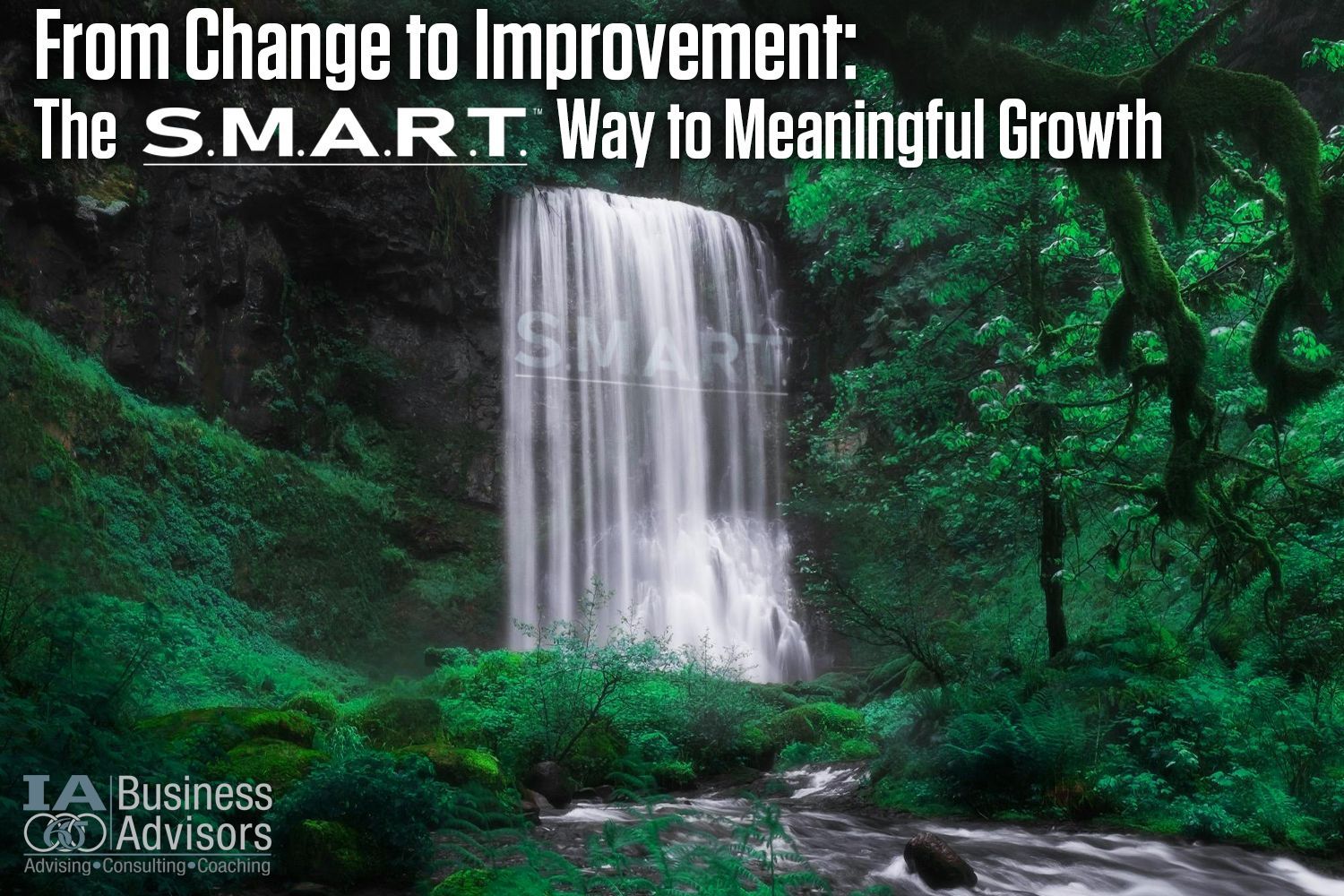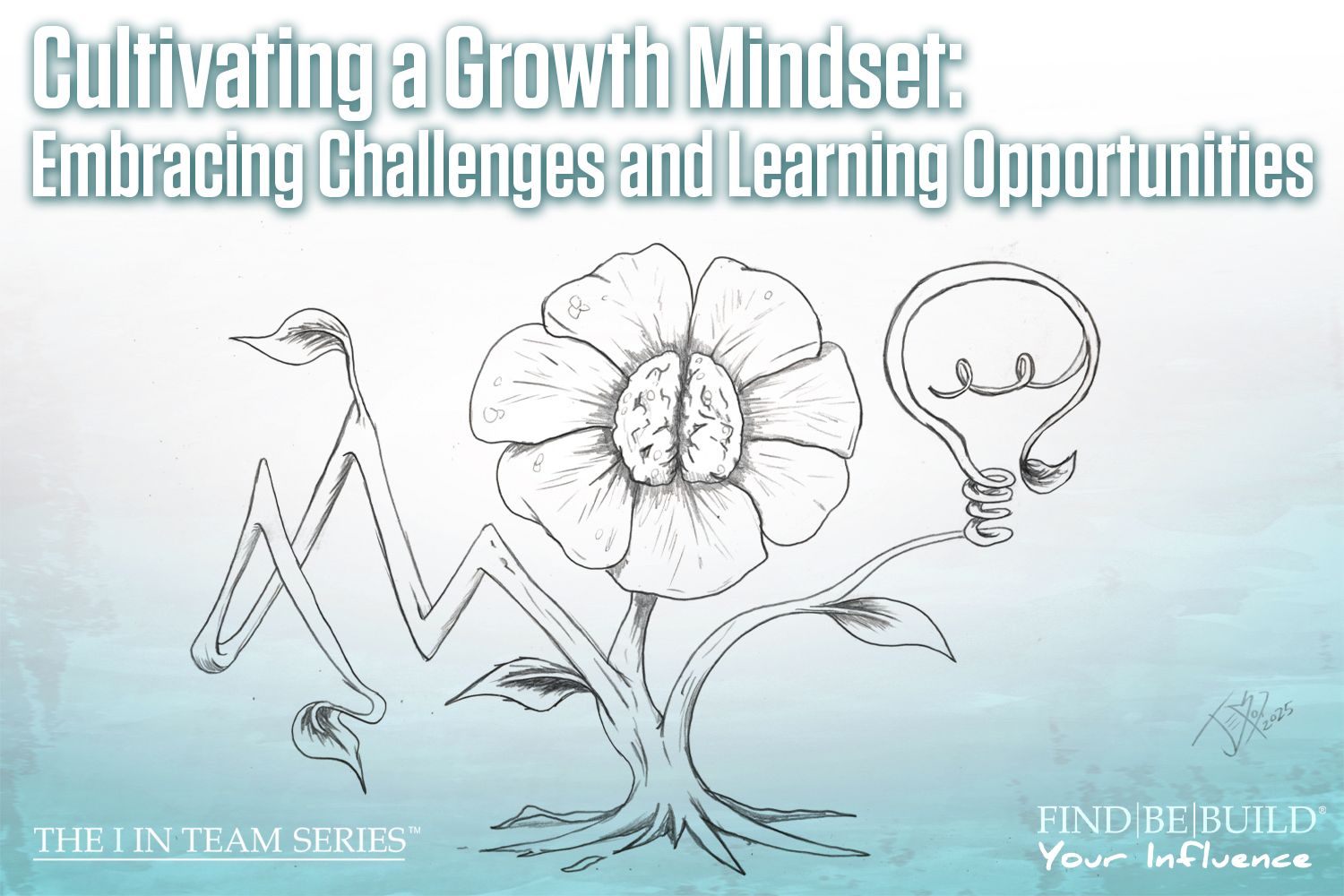4 Ways Small Businesses Can Begin Building a More Diverse and Inclusive Company

Diverse inclusive business consulting
Martin Luther King declared during a sermon that, “The arc of the moral universe is long, but it bends toward justice.” This line has oft been repeated and equally as often misunderstood. It makes it seem like the bending is inevitable. That if we wait long enough, time itself will do the work for us. Yet, like most things in life, in order to bring about change, we must take an active role in contributing to the world we want to live in.
Often, this bending requires a dedicated movement of people swimming against the tide and encountering all sorts of structural as well as cultural pushback. This is why, more times than not, companies make diversity claims via policies on their website, but do not follow through to bring those claims to life with training, staff education, implemented workplace cultural shifts, etc.
Creating a diverse and equitable workplace takes courageous leadership, time commitment, and accountability. It requires that people in leadership roles, many of whom have had a good deal of individual advantage, to educate themselves and then use their influence to make and implement policy and culture improvements.
At the leadership level, our influence encourages others to follow our example and in doing so, bend the direction of the company. In this moment, my goal is to help small and medium-sized business owners and leaders who may be short on time and resources, understand a few key ways they can begin to foster diversity and inclusion in their organizations. It is my hope that with enough committed business leaders, we can bend the arc toward a more equitable and inclusive future for our workplaces and our world.
But first, let’s talk about the benefits of diversity and inclusion for building high performing teams and companies:
Stereotypical diversity refers to differences among team members in areas such as race, gender, ethnicity, culture, and background. However, true diversity also includes different perspectives, experiences, and ideas that can lead to more creative problem-solving and innovation. The key is to have a diverse workforce on multiple levels: diversity of background, culture, and race, as well as diversity of perspective. A diverse- looking group that all thinks the same is less effective than one that looks homogeneous, but in actuality contains a plentitude of differing views, experiences, and perspectives.
Inclusion, on the other hand, refers to creating a work environment where all team members feel valued, respected, and supported, regardless of their differences. A culture of inclusion fosters trust, communication, and collaboration among team members, leading to higher levels of engagement and motivation, allowing employees to be heard, seen, and that they belong without being judged. An inclusive workplace is a place where team members feel comfortable sharing their ideas and concerns, and where feedback is genuinely heard, responded to, and integrated.
To build and maintain a high-performing team, organizations need to strive for both diversity and inclusion. Those that do will experience the following benefits:
- Improved employee morale and satisfaction: When employees feel valued and included, they are more likely to be engaged and satisfied with their job.
- Increased creativity and innovation: Diverse perspectives and ideas can lead to new and innovative solutions to problems.
- Improved decision-making: A team that reflects the diversity of the customers and communities it serves is more likely to make decisions that are relevant and impactful.
- Better talent attraction and retention: Companies that promote diversity and inclusion are more likely to attract top talent and retain employees, as they offer a positive and supportive work environment.
- Better financial performance: Studies have shown that companies that prioritize diversity and inclusion tend to have better financial performance.
Great. Let’s do it!
Hold on there. Not so fast. Diversity is easier to track and measure. Inclusion, on the other hand, takes much more deliberate effort. It is both a cultural and mindset shift. While it is possible to have a diverse team without inclusivity, most of the benefits of diversity disappear without inclusivity. In fact, exclusion can lead to higher turnover, absenteeism, and disengagement which will ultimately impact your bottom line.
As owners and leaders, we must first become self-aware enough to understand that there is always room for us to improve. We must have a growth mindset and be open to and willing to improvement throughout, beginning with self. It’s not about perfection, it’s about progress.
To create a culture of inclusion, leaders must strive to make others heard, valued, and acknowledged for their contributions to the team. For those willing but unsure how to implement this, bringing in an executive coach as a consultant is a great way to build and practice using these muscles. A good executive coach helps leaders identify their values and ways to live them. It points out dissonance or blindspots and can hold us accountable to making the desired improvements we want to see in our organizations.
Besides coaching, how can small or medium-sized businesses with limited resources embrace and implement diversity and inclusion in their organizations?
One big advantage smaller companies tend to have over larger ones is agility. Without extra layers of bureaucracy, they can move faster and experiment more. On the other hand, they also tend to lack the time and resources that larger budgets enable to do things like: hire DE&I consultants, purchase and deploy software for employee engagement surveys, conduct focus groups, or use and decipher one of the many assessment tools available today.
Below is a list of four more things you can do now to begin building a more diverse and inclusive company:
- Develop and implement a Diversity & Inclusion plan: All of your company’s plans, including a D&I one, should align with your company’s values. If your values aren’t clear, rewrite your mission statement such that it shows the commitment of your organization towards its employees, allowing them to see the path that everyone is heading towards and the goals they are trying to achieve. Next, list your company’s values.
For example, many companies value “integrity,” which could be expressed in this way: “We are direct, honest, and transparent in our communication. We aim to do the right thing. We say what we do, and we do what we say.” This can feed into your D&I plan by communicating to your team and potential hires: “We strive to respect and embrace individuals from different age groups, classes, ethnicities, genders, abilities, races, sexual orientations and religions.” This statement enables the company to express what they believe and then make sure they are taking the steps towards achieving it. One does this by setting smaller goals, measuring them, and holding each other accountable for how one another shows up and achieves those results.
This doesn’t need to be complicated. It’s merely a plan – stating what you intend to do, creating some goals for how you will do it, measuring progress, and communicating it to your team members on a regular basis. By taking this first step, you can begin to capture the benefits of a more diverse and inclusive organization. If you need help, your local Chamber of Commerce or SHRM (Society for Human Resource Managers) often have free or cost-effective resources.
- Promote open communication: Transparency matters. As a company grows, there is often untapped potential throughout the organization. Employees show up, do their job, and go home. Many times, staff members have ideas on how to improve parts of the company. Yet due to the busy day-to-day requirements of a workplace, this valuable input is often overlooked or, even worse, ignored or supressed. By actively embracing inclusive policies, such as transparency, leaders can harness the full power of the organization by encouraging the sharing of those ideas. This can be tricky at first, but it’s important to lead by example and solicit and encourage the sharing of ideas regardless of someone’s position within the company.
How to do it:
1) Implement an “open-door” policy where employees feel comfortable raising concerns or sharing feedback. 2) Make time for “town halls” where you can share company news and create a safe space for the sharing of ideas and concerns. 3) Set up and encourage group brainstorming sessions where diverse perspectives can be shared and discussed. For example, you could gather team members from different departments to brainstorm ways to improve customer service. You never know who may have the idea that leads to a true breakthrough! 4) Celebrate and reward creative thinking by recognizing and rewarding employees who bring new and innovative ideas to the table. Cash rewards are great, but something as simple as a monthly reward for “Best Idea of the Month” that is prominently displayed can go a long way towards acknowledging these efforts. This sends a message that creative thinking is valued and encourages employees to continue to think outside the box. 5) Finally and crucially, implement some of these ideas and be sure to publicly acknowledge all those who contributed to them.
- Provide training: As leaders, it starts with us. First we are aware, then we ask for help. As I mentioned earlier, coaching is a great way to do that. It helps us to lead by example and to demonstrate our commitment to everyone in the company. But how to do it for the rest of the organization?
Because this can be a difficult topic to tackle let alone figure out where to start, this is when it pays to bring in a DE&I expert. You can scope the project to meet your needs and budget. This takes pressure off the organization to figure it out. And it will save you time and money in the long run. This expert can help design and implement a strategy that aligns with your business goals and values. In addition, the consultant can provide training and set the process in motion.
For ongoing support, there are often workshops or seminars provided by the Chamber of Commerce or your local SHRM chapter. Your insurance provider may also have access to resources. I’ve found one of the best methods is to designate ambassadors from different parts of the organization to attend these events. These workshops teach new skills, reinforce existing ones, and provide a place to network with and learn from other companies pursuing similar efforts.
Afterwards, schedule lunch & learns to share what they learned with the rest of the department or company. From there, encourage the discussion of what they learned in your brainstorming sessions to design and implement those new learnings. Lastly, you can use future town halls to reinforce your commitment and share the results of your efforts towards creating a more diverse and inclusive work environment. Momentum creates more momentum.
- Engage with the local community: Another great way to foster D&I within your company is to engage with your local community. What better way to demonstrate your commitment and values then to give back to the very community in which you live and work. Identify some local organizations that serve diverse communities. Reach out and start volunteering your time. Lead by example and then begin encouraging your employees to volunteer their time. By spending time helping others, it makes us more empathetic and understanding of one another. And it serves a need in the community.
How to do it:
1) Change your PTO policy to include time off for volunteering. Including paid time off for volunteering – or the option to volunteer on company time – in benefit packages is a great way to show your staff that you care about them and the community. 2) Organize a “Work Volunteer Day” to kick off your efforts. This is a day in which all employees can volunteer their time as a group while still getting paid. 3) Communicate about volunteer opportunities during town halls, meetings, bulletin boards, and on your company website. Pass around sign-up sheets and arrange carpools while you have everyone in one place. 4) Assign leadership roles. Just like any movement, someone needs to be the driving force to organize and encourage others to participate. Plus, it helps develop leadership skills for those individuals. 5) Acknowledge and reward the efforts. Be sure to take pictures and post them to your website and around the office. Publicly recognize individual participants during town halls or other meetings. Dedicate a day to honoring the volunteers at your company. Set aside time to publicly award certificates or plaques to your top volunteers.
Creating a diverse and inclusive workplace is meaningful, enriching work. Especially if you have been lucky enough to enjoy a good deal of individual advantages throughout your life, learning about the ways that others have experienced a lack of diversity, inclusion or equity throughout their time in the workplace (and beyond) is a meaningful way to connect with coworkers, stretch that empathy musical, and gain a deeper understanding of other people’s experience.
Although you may not have started your company, or signed up for your role, thinking that you’d have to think about these issues, the reality is that who you work with, and how much they feel supported, benefits not only every person individually, but the company as a whole. Each of us comes to our job as a whole person, not simply a cog in a wheel. Acknowledging this about your coworkers–and yourself!–can feel like a difficult process, but the benefits are limitless. And yet, little by little, each of us will exert our influence to bend the arc of history towards a more inclusive place.
All of this will take time and effort, but in the process, you will learn more about yourself, your colleagues, your community, and your own biases, knowledge gaps, and areas for improvement. We spend a lot of time at our jobs, and on good days, that time feels well spent: goals are created, tasks are ticked off, collaboration occurs, and growth happens.
The post 4 Ways Small Businesses Can Begin Building a More Diverse and Inclusive Company appeared first on IA Business Advisors.

